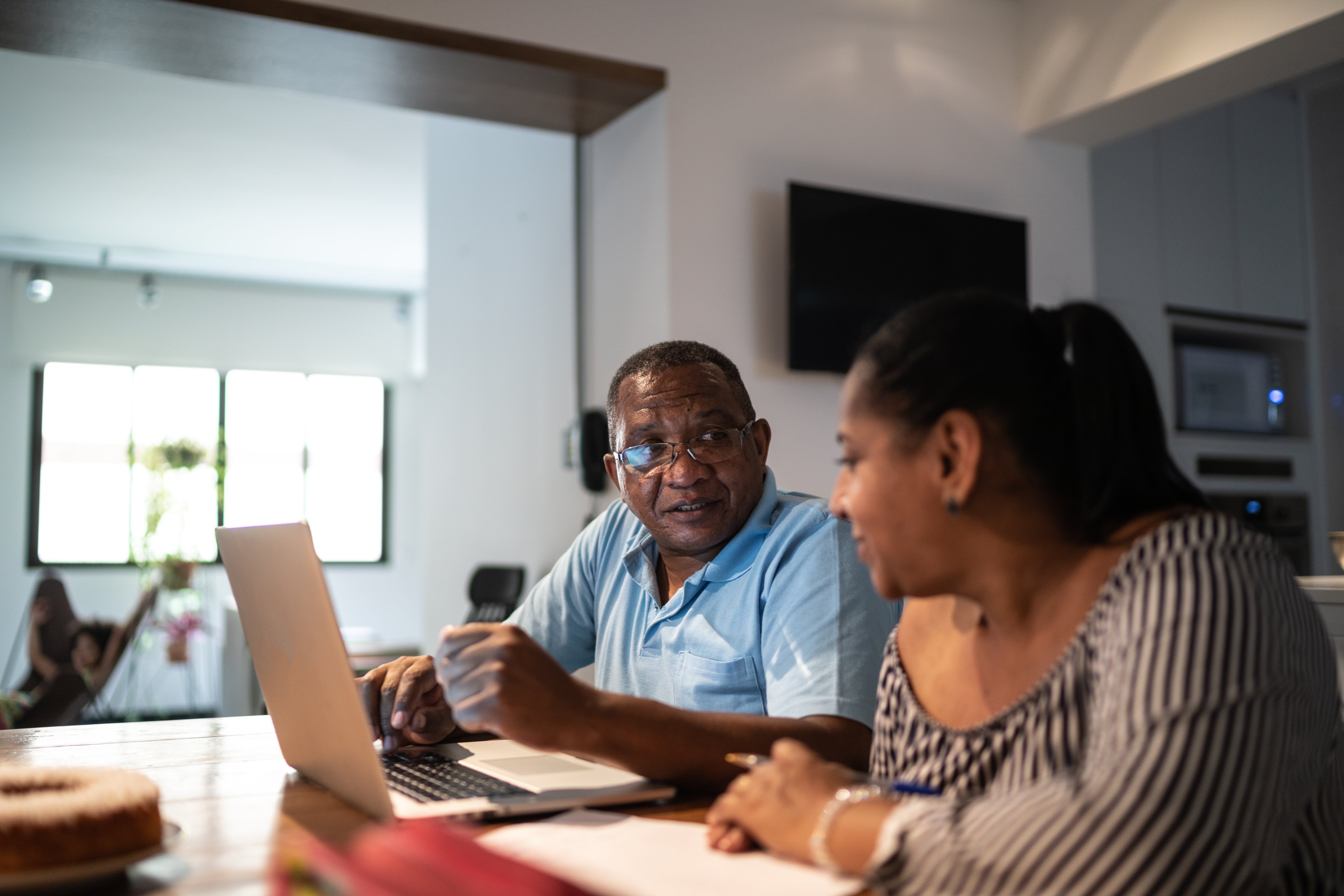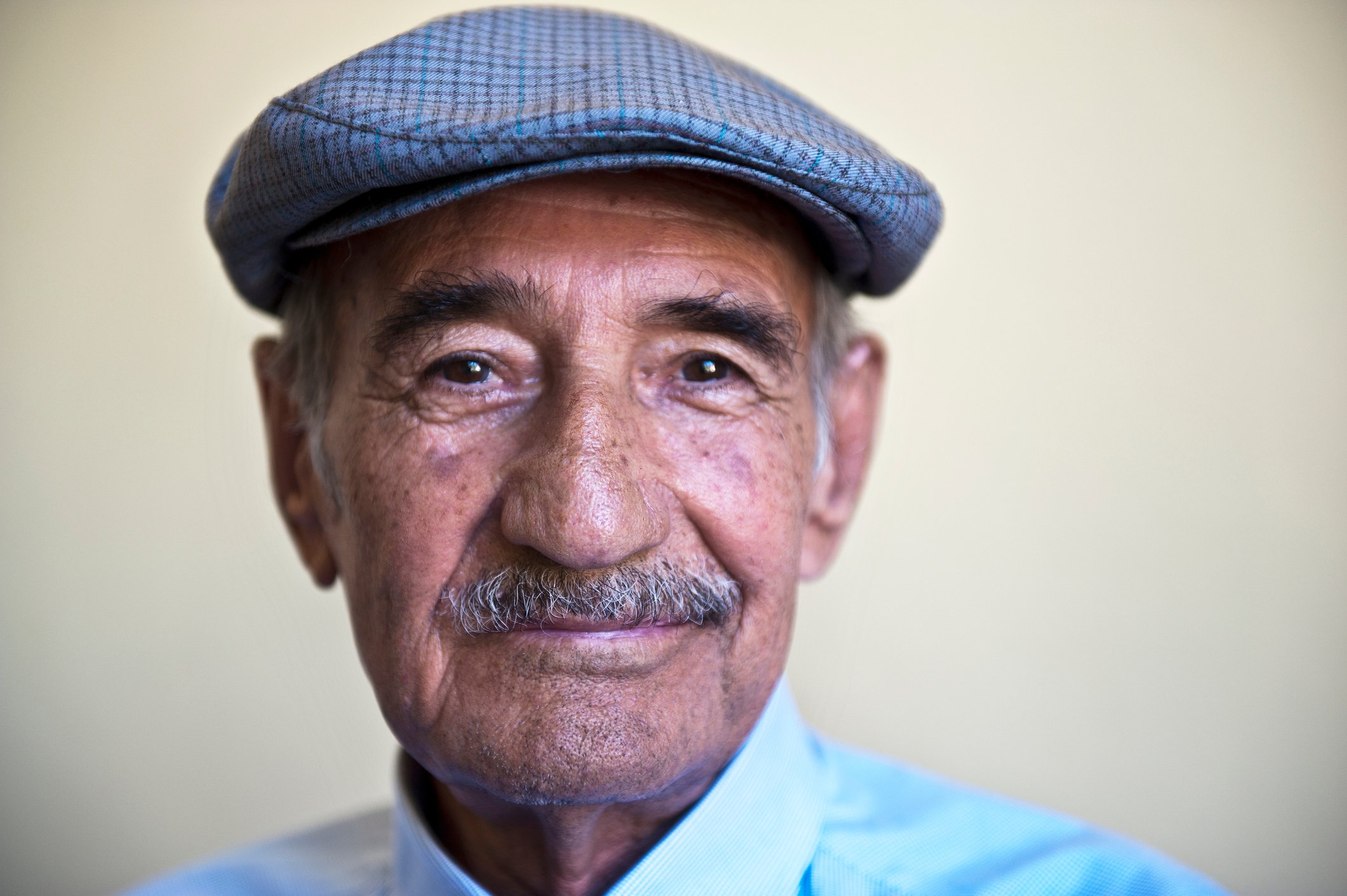For many households, finances are a major source of tension. More than half of Americans report feeling anxious or insecure about their financial situation, a survey from Northwestern Mutual found, and survey participants also said that money was their No. 1 source of stress.
So if you're not feeling overly confident about your finances, you're not alone. But there's one thing that research shows can make you significantly more confident in your ability to reach your long-term goals: an emergency fund.

Image source: Getty Images.
Why an emergency fund is key to financial success
Those who have an emergency fund are approximately 2.5 times more likely to feel confident they'll reach their long-term financial goals than those who don't have such a fund, according to a report from the AARP.
It's about more than simply socking away some cash for a rainy day; it's about improving your financial security and helping you reach your goals. If you don't have an emergency fund and you're hit with an unexpected expense, you'll likely be forced to rack up credit card debt, take out a loan, or pull the money from your retirement savings -- all of which have long-term consequences.
Even if you are able to pay off your credit card debt or loan in a timely matter without spending a fortune on interest, you're still missing out on valuable time to save for your other financial goals -- like retirement. Also, if another unexpected cost pops up before you've fully paid off the first one, you'll run into even more trouble.
Although it takes time to build a healthy emergency fund, it's well worth the effort. Even if you can only afford to save a few hundred dollars right now, an emergency fund of any size can help prevent unforeseen costs from causing major problems. That said, the more you can save, the more protected you'll be.
How big an emergency fund?
Exactly how much you should stash in emergency savings is up for debate. The oft-cited rule is to save enough to cover at least three to six months of general living expenses, so if you lose your job, you'll have a cushion to help get by until you find a new source of income.
Some experts, though, believe you need to save much less to protect yourself from financial hardship. In fact, researchers from the Federal Reserve Bank of St. Louis and the Universidad Diego Portales in Santiago, Chile, say the magic number for an emergency fund is $2,467.
The researchers discovered that for every dollar households saved up to that amount, it significantly decreased their chances of experiencing serious financial problems if they were to face an unexpected expense. But saving more than that didn't necessarily provide greater protection against financial hardship.
Keep in mind, too, that $2,467 is considered roughly one month of income for the households in the study. So if you spend significantly more than that per month, you may need a heftier fund.
Once you have an idea of how much you should have in reserve, try to reach that goal as quickly as possible. You can't build an emergency fund overnight, but this ensures you'll be prepared whenever an unexpected expense strikes.
Where to stash emergency savings
Although saving is the tough part of building an emergency fund, it's equally important to keep it in the right place.
It might be easiest to simply store your cash in your regular checking account or a standard bank savings account. But these typically earn dismal interest rates -- generally just a fraction of a percent.
You might instead choose to invest the money, perhaps in a certificate of deposit (CD) or in your 401(k) or IRA. While you'll likely earn higher returns by investing the cash rather than simply saving it, there may be penalties for withdrawing your money before a certain date. With CDs, you'll typically pay a penalty if you withdraw the money before the term is up, and with 401(k)s and traditional IRAs, you're generally subject to a 10% penalty and income taxes on your withdrawals if you take the money out before age 59 1/2.
One of your best options for storing your emergency fund is a high-yield savings account. These accounts have higher interest rates than your standard savings or checking account (typically between 1% and 2% annual percentage yield, or APY), but you can withdraw the cash anytime without paying a penalty. That's an attractive option for an emergency fund: You earn interest while still being able to withdraw the money whenever an unexpected expense arises.
An emergency fund can be the key to long-term financial success. When you have money set aside for unexpected expenses, they won't get in the way of reaching your big-picture goals.





